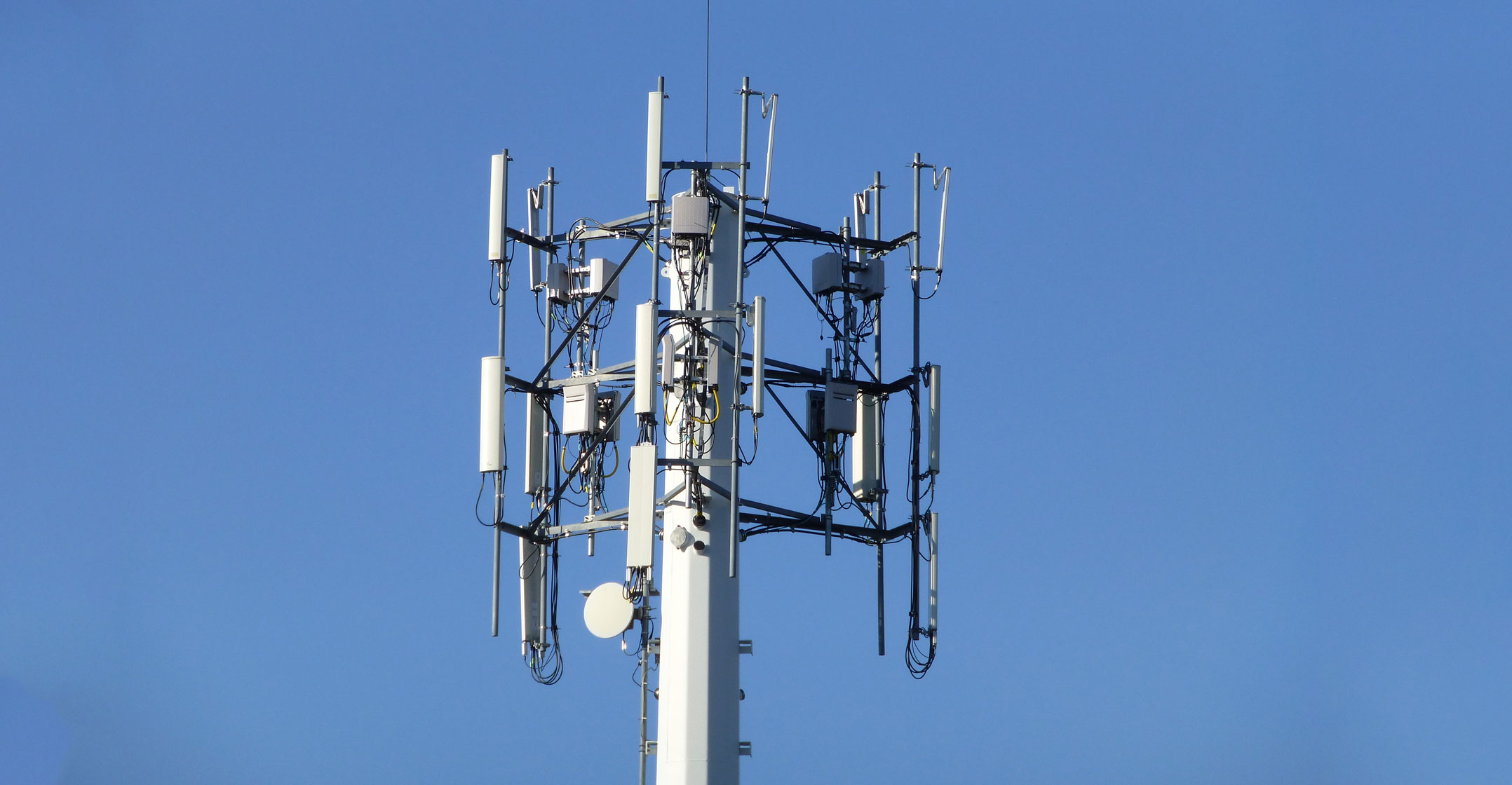
In South Africa, it may make more sense for mobile operators to discontinue their 3G networks, replacing them with 4G/LTE, while keeping legacy 2G infrastructure in place.
That view might seem counter-intuitive, but MTN South Africa chief technology and information officer Giovanni Chiarelli, who was speaking to TechCentral in a wide-ranging podcast interview to be published on Friday afternoon, believes it may make more sense than killing the older 2G technology.
Although the US and some other markets are already starting to discontinue legacy 2G networks, Chiarelli, who emphasised that he was speaking in his personal capacity and not expressing an official MTN view, said it may make more sense to kill off 3G and migrate those customers to LTE.
“Frankly speaking, from my perspective, I am keener to consider the switch-off of 3G,” he said. “Once you have spectrum below 1GHz, 4G is far more efficient than 3G. At the end of the day, it’s probably better to move all of the customers using data services from 3G to 4G, but to keep 2G for voice and all the telemetry and emergency services that are becoming difficult to migrate to 3G.”
Chiarelli said 3G is significantly less efficient than 4G, with the cost of carrying 1MB of traffic on the former much higher than on the latter. “In Europe, the debate about this is very intense,” he said. “I am not convinced the big [European] players will switch off 2G, for the same reasons.”
Although 4G/LTE handsets remain more expensive than 3G devices, “that gap is closing”, he said. “I’m expecting the differential between the two will be lower, and there is a cost opportunity in moving traffic to 4G in terms of efficiency of the network.”
Meanwhile, Chiarelli said MTN South Africa has no immediate plans to deploy voice-over-LTE (VoLTE) technology — which allows for voice calls to be routed over the 4G network — as he believes it doesn’t make sense to do so until the company has access to sub-1GHz spectrum, which is needed for good indoor signal penetration.
“The customer experience is not that good. Once we have the 800MHz layer, it can be deployed. The core network is ready — we have tested and it is working — but, again, if we consider customer experience as the main driver, we said let’s pause it until we have all the right conditions.” — © 2017 NewsCentral Media




